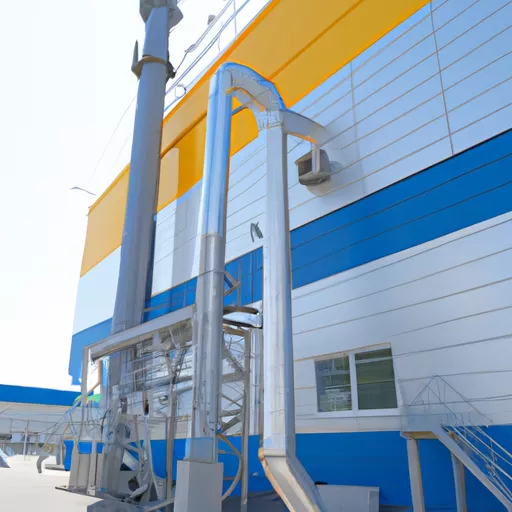
1. Image optimization
Uploading large images to a website can slow down its loading time. To improve website performance, it is necessary to optimize images by compressing them without significant loss of quality. Image optimization can be achieved using resizing software such as Photoshop or GIMP, or online tools like TinyPNG or Compressor.io. Additionally, using image formats with higher compression such as WebP or JPEG 2000 can be beneficial.
2. Caching
Caching allows previously loaded files to be stored on the user's side, enabling faster loading time for subsequent visits to the website. To implement caching, relevant headers need to be added to server responses. The most common headers used for caching are Cache-Control and Expires.
3. File compression
File compression reduces the size of transferred data, speeding up webpage loading. Web servers typically support file compression using Gzip or Deflate algorithms. Enabling Gzip or Deflate compression requires server configuration to send the corresponding headers when delivering files.
4. Removing unnecessary plugins and scripts
Using a large number of plugins and scripts can slow down website loading. It is important to periodically review the list of installed plugins and scripts and remove those that are no longer being used or are unnecessary. Additionally, only necessary scripts should be used on each page to reduce the amount of data being loaded.
5. File merging and minification
Merging and minifying files involve combining multiple files into one and reducing the size of each file by removing spaces, comments, and unnecessary characters. This helps reduce the number of requests to the server and speeds up page loading. Various tools and plugins such as Grunt or Gulp can automate this process.
6. Using external scripts and styles
To improve website performance, it is recommended to use external script and style files that can be cached by the user's browser and loaded only once. Instead of embedding styles and scripts directly on the page, separate files can be created and referenced using link and script tags.
7. Database optimization
A database can be a source of website slowdown, especially if it contains a large number of tables and records. To improve performance, database optimization measures such as removing unnecessary records, optimizing tables, and adding indexes should be implemented.
8. Using lazy loading
Loading all content at once can result in slow page loading. To speed up loading time, lazy loading can be implemented, where content is loaded only when it becomes visible to the user. For example, images can be loaded only when the user scrolls to a certain point, and videos can be loaded only when the user clicks on the player.
9. Using a CDN
A CDN (Content Delivery Network) is a service that allows content to be delivered from servers located closer to the user. Using a CDN can speed up website loading time by reducing data transmission delays.
10. Monitoring performance constantly
It is important to continually monitor website performance and perform various loading tests to identify bottlenecks and improve performance. Several online tools such as Google PageSpeed Insights or Pingdom can measure page loading time and provide recommendations for improvement.


